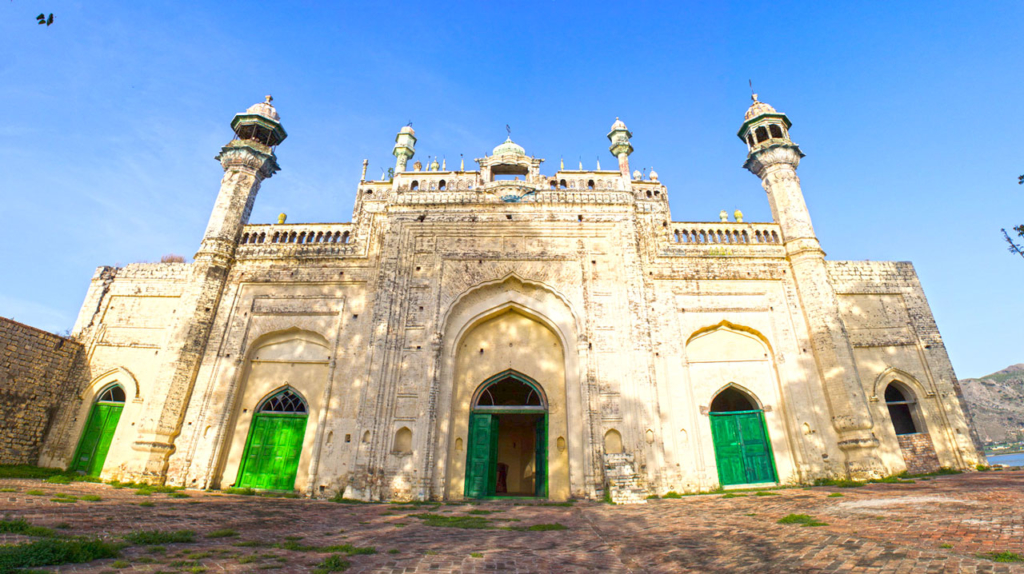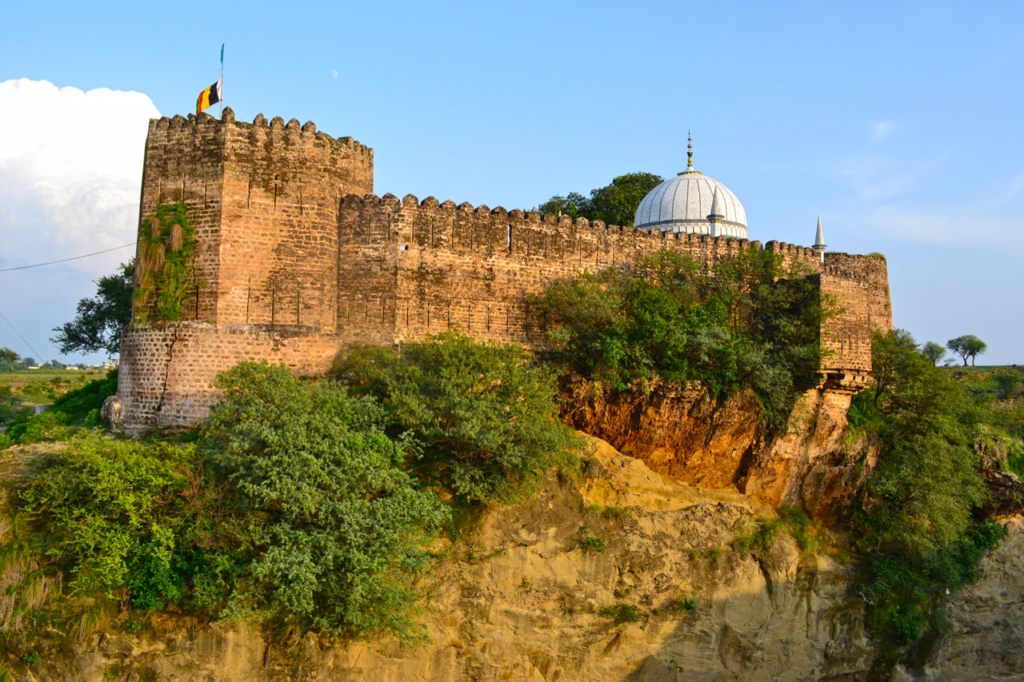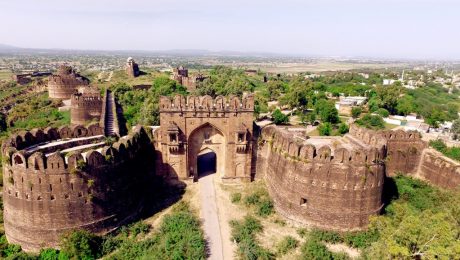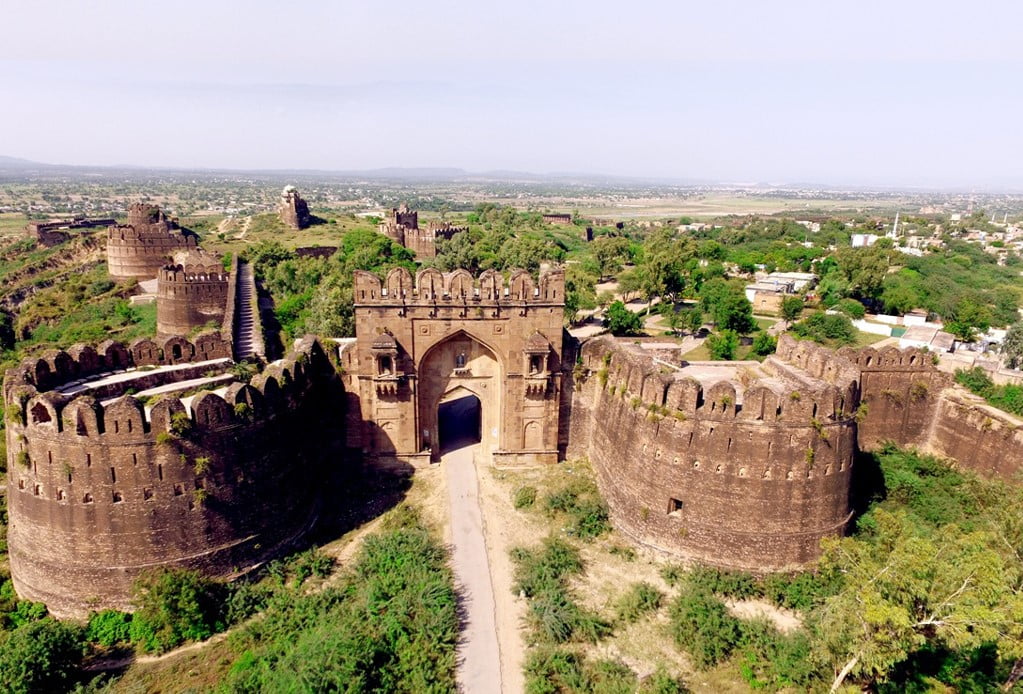Famous Tourist Places In and Around Gujar Khan City
Gujar Khan City is a small town in Pakistan that can be explored in a single day. It benefits from natural resources such as oil and gas, and its population of about 75,000 people is rapidly expanding.
In this city, there are not many activities to do or places to visit. In addition, because it is a small town, there is less housing. People are generally considering stopping here on their way to nearby towns. You can stop here for a quick bite and rest from your travels.
Check out the list of places in and around Gujar Khan to learn about the best things to do in these places. So, the next time you are in Gujar Khan, you can choose which nearby city to visit for an unforgettable trip.
But first, let’s discuss …
Location of Gujar Khan City
Gujar Khan is about 55 kilometers southeast of Islamabad, the capital of Pakistan, and 220 kilometers northwest of Lahore, the city of Punjab. Gujar Khan is bordered on the north by Rawalpindi, Islamabad, and Attock, on the south by Jhelum, Lahore, and Gujrat, on the east by Azad Kashmir and Kahuta, and on the west by Chakwal and Khushab.
Gujar Khan is located in the Pothohar cultural zone. Gujar Khan is located two kilometers from the Dohngi Dam and about 35 kilometers from the considerably larger Mangla Dam.
Popular sights in and around Gujar Khan City
Sangni Fort is a fort built on the borders of Gujar Khan and Kashmir by the Maharaja of Punjab. It is located on a high rock on the way to Bewal via Daryala, with only one access.
It is closest to Barra Dari, a housing development containing two ancient sites. Dhandgali Bridge is an ancient wooden and rope bridge. It is an important curiosity. In addition, Lakhtala is a rocky place with devotional graves of people. Let’s discuss some of them in detail.
1. Bedi Mahal
The Bedi Mahal, also known as “Babay da Mahal (The Old Man’s Palace),” is a wonderful Sikh house built by a famous Sikh businessman and community leader, Baba Khem Singh Bedi. The mansion is in fairly good shape, with mysteries of its former grandeur still hidden behind its walls.
Although there is no specific date for its creation, the Bedi Mahal is said to have been built in the 1850s. It was built mostly of sandstone and plastered with lime surkhi (burnt clay). Artists and masons from the nearby town of Attock were commissioned to create beautiful paintings and carvings for this four-story, 84-room structure.
In addition to the remarkable interior design, there was an orchard, a stable, and a small zoo of exotic animals. A panoramic view of Kallar Syedan could be seen from the top of the skyscraper.
People went to social media to gather behind the cause of rescuing the Bedi Mahal and its majestic architecture from full decay while the Rawalpindi Development Authority (RDA) began to take on the role of historical protection.
Baba Khem Singh Bedi’s legacy is undoubtedly extensive and unfolded, but the palace’s architecture and frescoes may prove useful in future exploration of how cultures and beliefs have coexisted peacefully in the Potohar Plateau for millennia.
2. Masjid Rajgan, Bagnoter
The Masjid Rajgan is another attraction in Khanpur, Pakistan. This masjid, who is almost 140 years old, is still standing to tell his story. It has experienced many hardships over the years, and its majesty may have diminished, but its architecture and design, as well as the art and spirituality that have been witnessed here, make it incredibly remarkable.

Raja Sultan Jehandad Khan built it in 1872. The building was built with bricks and black stones, while the wood for the doors and cupboards came specifically from Leepa Valley.
Artists have been called in from Delhi, and as a result, the mosque assimilates all the basic elements of Islamic design. Its significance can be understood by looking at copies created in neighboring nations.
3. Sangni Fortress
The Sikh Period is thought to have begun in the late 18th or early 19th century. The grand fort served as a regional stronghold, with the aim of increasing authority over the area and increasing tax collection. A small hilly stream runs on three sides of the structure and is typically dry throughout the year. The fort is in remarkably decent shape.

The fort was most likely built during the Sikh period (1799-1849). In 1814, Sandhawalia Jat king Maharajah Ranjit Singh took over that region. It was created to maintain control of the region and to facilitate tax collection.
The British included this territory in Bewal. The fort gradually lost its significance and faded into obscurity. The guards of a discreet temple nearby moved the shrine to that fort. The fort is in fair shape, with intact walls, but the interior has been renovated and decorated due to the presence of Sahibzada Abdul Hakeem’s mausoleum.
Natural Resources in Gujar Khan City
Large oil and gas fields were discovered in February 2002 near Tobra, about ten kilometers from Gujar Khan. The Oil and Gas Development Company is developing the field. The field has the potential to produce 1,600 barrels of oil per day.
The Ahdi oil and gas field (Mastala) is located about 30 kilometers from Gujar Khan, near Daultala town, and is managed by Pakistan Petroleum. Huge oil and gas fields have been discovered in the Missa oil field, 5 kilometers from Gujar Khan, according to the Oil and Gas Development Company.
According to authorities, the find was made during drilling at well no. 3 from the Missa Kaswal oil and gas field near Tobra. The field has the potential to produce 1,600 barrels of oil per day. OGDCL is now looking for new natural resources in other regions of Gujar Khan.
Accommodation and Accommodation in Gujar Khan City
The lifestyle in Gujar Khan is almost the same as in other developed areas of Pakistan. Recently, we have seen a rising trend of entry-level housing in Gujar Khan. One of the next housing companies is New Metro City. New Metro City Gujar Khan / Rawalpindi is a model and extravagant project of BSM Developers. Following Gwader Golf City’s huge popular approval, BSM Developers will develop a new housing society to suit public demand. The purpose of this housing society is to provide people with the opportunity to live a royal lifestyle; Bahria Town and Gawadar Golf City are two examples of similar living standards; and, most importantly, to compete with housing societies that raise funds under the guise of development but deliver nothing.
New Metro City Gujar Khan’s main avenue will be carpeted and 250 feet wide. The main boulevard should have ample space as it is the main road coming to the housing society.
Many apartment complexes have a large main boulevard, but the streets themselves become smaller as you enter deeper into the complex. New Metro City Gujar Khan, on the other hand, has streets that are 40 feet wide, allowing you to park in front of your house without taking up too much road space.
For the latest updates, please stay connected to Feeta Blog – the top property blog in Pakistan.


